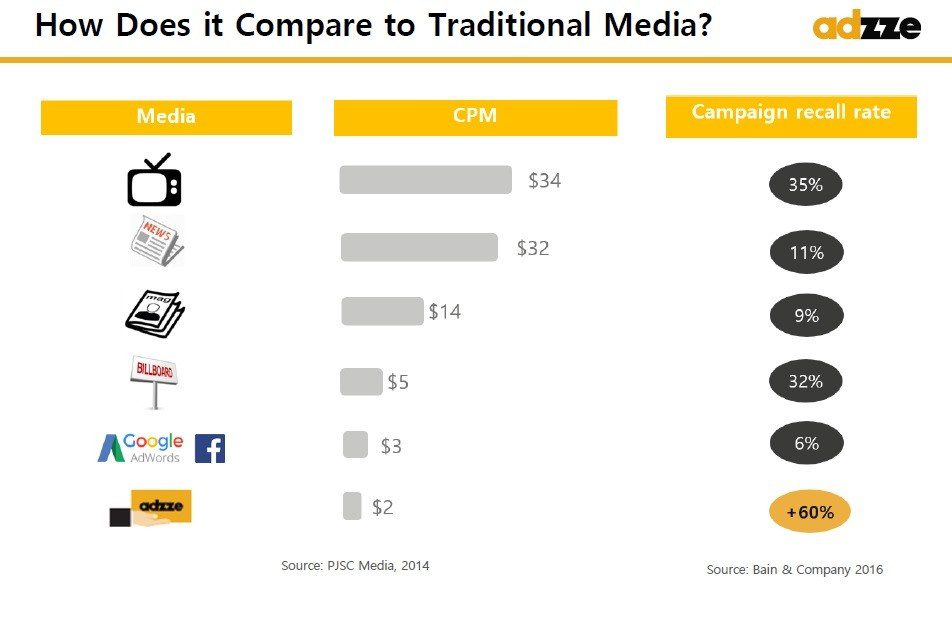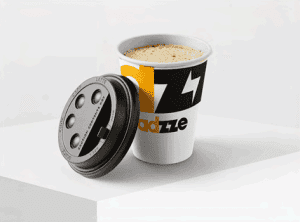In today’s fast-paced marketing landscape, Guerrilla Marketing has emerged as a highly effective strategy to capture attention, engage audiences, and generate buzz with minimal investment. From flash mobs to viral social media stunts, businesses are increasingly leveraging guerrilla tactics to stand out in a crowded market. However, while these campaigns often create a significant impact, measuring their return on investment (ROI) remains a challenge for many marketers.
In this blog, we will explore effective strategies for tracking and evaluating the success of guerrilla marketing initiatives, providing actionable insights for businesses looking to maximize their marketing spend.
Why Measuring Guerrilla Marketing ROI Is Crucial
Unlike traditional advertising, which relies on predictable and measurable metrics such as impressions and click-through rates, guerrilla marketing often takes unconventional forms that are harder to quantify. However, understanding the impact of these campaigns is essential for:
Justifying the Budget: Demonstrating success to stakeholders and securing future investment.
Optimizing Strategies: Identifying what works and what doesn’t to refine future campaigns.
Enhancing Targeting: Gaining insights into audience behavior and preferences.
Building Brand Loyalty: Measuring how campaigns contribute to long-term brand engagement.
Key Metrics to Measure Guerrilla Marketing ROI
To accurately measure the effectiveness of guerrilla marketing efforts, businesses should focus on a mix of quantitative and qualitative metrics. Some of the most effective measurement approaches include:
1. Brand Awareness and Reach
Guerrilla marketing thrives on generating buzz and capturing attention. Measuring the extent to which your campaign reaches your target audience can provide critical insights into its effectiveness.
How to Measure:
Social Media Mentions: Track hashtags, user-generated content, and campaign-specific keywords across platforms like Instagram, Twitter, and TikTok.
Press Coverage: Monitor media mentions and articles featuring your campaign.
Website Traffic: Analyze traffic spikes during and after the campaign launch.
Example: A beverage brand used a street art campaign featuring QR codes that led to their website. By analyzing web traffic data, they were able to measure a 40% increase in visitors during the campaign period.
2. Audience Engagement and Interaction
Engagement is a key indicator of a guerrilla marketing campaign’s success. High levels of interaction suggest that the campaign resonated with the audience and encouraged participation.
How to Measure:
Social Media Shares and Comments: Measure the number of times the campaign content is shared and discussed online.
In-Store Engagement: Monitor customer inquiries, foot traffic, or sign-ups related to the campaign.
Hashtag Performance: Use tools like Google Analytics or Sprout Social to analyze engagement with campaign-specific hashtags.
Example: A fitness brand placed branded workout stations in public parks, leading to a surge in social media engagement and increased memberships by 25%.
3. Lead Generation and Customer Acquisition
The ultimate goal of any marketing campaign is to drive conversions, whether that means increasing sales, acquiring leads, or growing an email list.
How to Measure:
Promo Code Redemptions: Use unique promotional codes specific to the guerrilla campaign to track conversions.
Sign-Ups and Subscriptions: Measure how many people sign up for newsletters, promotions, or free trials.
Customer Inquiries: Monitor direct inquiries via social media, website chat, or in-store visits.
Example: A local restaurant used in-hand advertising by distributing branded coffee sleeves with QR codes, resulting in a 30% increase in online orders.
4. Customer Sentiment and Brand Perception
Understanding how your audience perceives your brand before and after a guerrilla marketing campaign is crucial for measuring long-term success.
How to Measure:
Surveys and Feedback: Collect direct feedback from participants to gauge their impressions.
Online Reviews and Ratings: Monitor customer reviews to assess sentiment changes post-campaign.
Net Promoter Score (NPS): Measure customer loyalty and likelihood to recommend your brand.
Example: A healthcare provider’s guerrilla campaign included interactive kiosks at public spaces offering free health screenings, which led to overwhelmingly positive reviews and increased brand trust.
5. Return on Investment (ROI) Calculation
Ultimately, marketers need to quantify their return on investment by comparing campaign costs to generated revenue.
ROI Formula:
Example: A fashion retailer ran a guerrilla marketing pop-up event with an investment of $5,000, generating $20,000 in direct sales, leading to a 300% ROI.
Tools for Tracking Guerrilla Marketing Success
To streamline the process of measuring guerrilla marketing ROI, marketers can leverage various tools, including:
Google Analytics: Tracks website visits, referrals, and user behavior.
Social Listening Tools: Platforms like Hootsuite, Sprout Social, and Brandwatch provide insights into campaign performance on social media.
QR Code Tracking: Tools such as Bitly or QR Code Generator can measure interactions and conversions from printed materials.
Point-of-Sale (POS) Analytics: Monitors in-store purchase patterns related to the campaign.
The Advantages of Combining Guerrilla Marketing with In-Hand Advertising
One effective way to amplify the impact of guerrilla marketing is by integrating in-hand advertising techniques. In-hand advertising methods, such as using coffee sleeves, pharmacy bags, hotel key cards, and bar coasters, provide a tangible and targeted way to reinforce your guerrilla campaign.
Why In-Hand Advertising Works: 
Highly Targeted: Reaches consumers in specific environments like cafes, hotels, and clinics.
Cost-Effective: Offers lower CPM rates compared to traditional advertising.
Memorable Impact: Physically engages the audience, increasing brand recall.
Example Use Case: A movie production company used branded bar coasters featuring QR codes in entertainment venues to promote an upcoming release, driving ticket pre-sales and online engagement.

Common Challenges in Measuring Guerrilla Marketing ROI
While guerrilla marketing offers numerous benefits, tracking success isn’t always straightforward. Some challenges include:
Attribution Issues: Determining which touchpoint led to conversion.
Tracking Offline Impact: Measuring engagement outside digital channels.
Privacy Concerns: Complying with regulations related to data collection.
By implementing smart tracking strategies and leveraging technology, marketers can overcome these challenges and gain a clearer understanding of campaign effectiveness.









